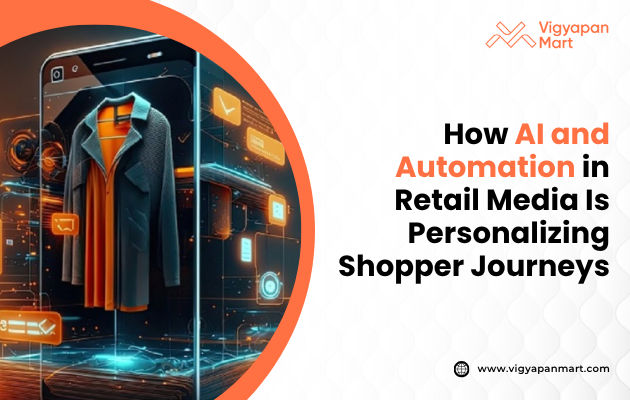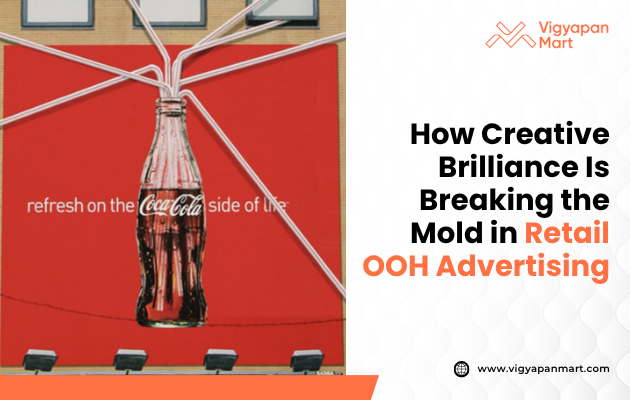Digital Marketing vs In-Store Branding- Where to Invest?

Marketing is the lifeblood of any business, helping brands connect with their audience, drive sales, and build loyalty. But with the rise of digital platforms and the comfort of physical store advertisement, businesses often face a dilemma. Should they invest in digital marketing or in-store branding? Both strategies have unique advantages and challenges. This blog explores these options, helping you make an informed decision.
First, Let’s Understand Digital Marketing
Digital marketing encompasses all online strategies used to promote products or services. It includes social media ads, search engine optimization (SEO), email campaigns, influencer partnerships, and more.
Advantages of Digital Marketing
- Wider Reach: Digital marketing allows businesses to target audiences globally, breaking geographical barriers.
- Cost-Effective: Compared to traditional methods, digital campaigns are often more affordable.
- Data-Driven: Tools like Google Analytics provide insights into customer behavior, enabling precise targeting.
- Personalization: Tailored ads based on preferences and browsing history enhance customer engagement.
- Convenience: Customers can shop anytime, anywhere—perfect for busy lifestyles.
Challenges of Digital Marketing
- Ad Fatigue: Users may ignore ads due to oversaturation.
- Privacy Concerns: Increasing regulations around data usage can complicate targeting.
- Competition: Standing out in a crowded digital space requires creativity and constant innovation.
Now, Understanding In-Store Branding
In-store branding focuses on creating memorable experiences within physical retail spaces. It involves signage, product displays, interactive kiosks, and even digital screens inside stores.
Advantages of In-Store Branding
- Tangible Experience: Customers can touch and try products before buying, building trust.
- Impulse Purchases: Eye-catching displays encourage spontaneous buying decisions.
- Personal Interaction: Sales associates provide personalized assistance that fosters loyalty.
- Immediate Gratification: No waiting for shipping; customers leave with their purchase instantly.
- Brand Storytelling: In-store environments allow brands to create immersive narratives through design and ambiance.
Challenges of In-Store Branding
- Limited Reach: Restricted to local customers unless combined with online strategies.
- Higher Costs: Maintaining physical spaces and displays can be expensive.
- Time Constraints: Consumers may spend less time in stores due to busy schedules.
Comparing Digital Marketing and In-Store Branding
Here’s a quick comparison table to highlight the key differences:
Where Should You Invest?
The answer depends on your business goals, target audience, and budget. Here are some scenarios:
Invest in Digital Marketing If
- You want to reach a global audience.
- Your products/services are primarily sold online.
- You have a limited budget but want measurable results.
- Your target audience is tech-savvy and spends significant time online.
Invest in In-Store Branding If
- You operate a brick-and-mortar store or rely heavily on local customers.
- Your products benefit from physical interaction (e.g., clothing or electronics).
- You aim to build long-term relationships through personalized experiences.
- You want to leverage impulse buying behavior.
Why Should You Balance Between Both? A Mix Approach Has the Best of Both.
Many successful businesses combine both strategies for maximum impact:
- Use digital marketing to drive traffic to your store through promotions or events.
- Enhance the in-store experience with digital tools like interactive kiosks or QR codes linking to product information online.
- Collect customer data in-store (e.g., through loyalty programs) and use it for targeted online campaigns.
Conclusion
Both digital marketing and in-store branding have their merits; the choice depends on your business model and audience preferences. A balanced approach often yields the best results. You can combine the convenience of online shopping and the experience of real shopping with physical stores. Indeed, this creates brand loyalty, better customer interaction, and repeat sales. Invest wisely by understanding your audience's needs and win all the time. For in-store branding services, connect with Vigyapan Mart experts.









